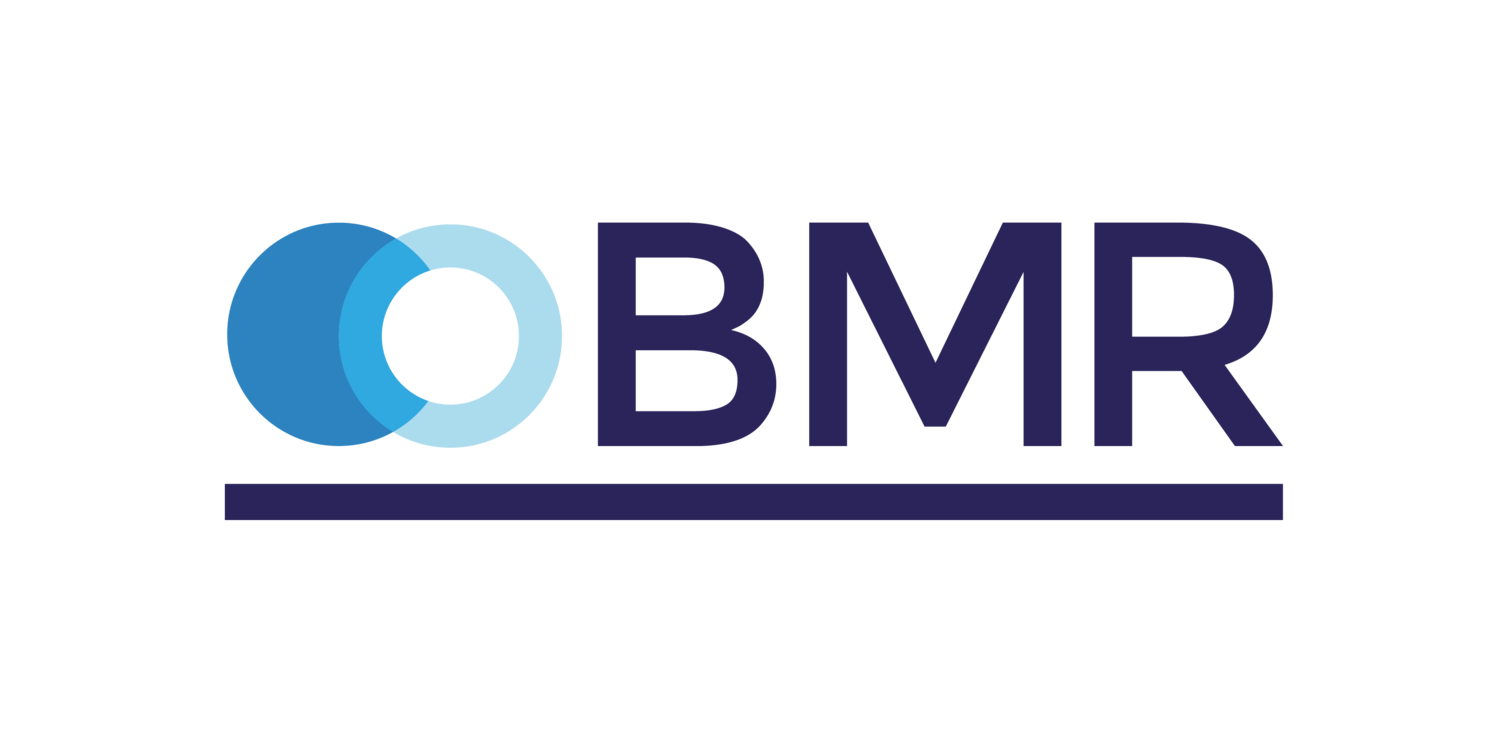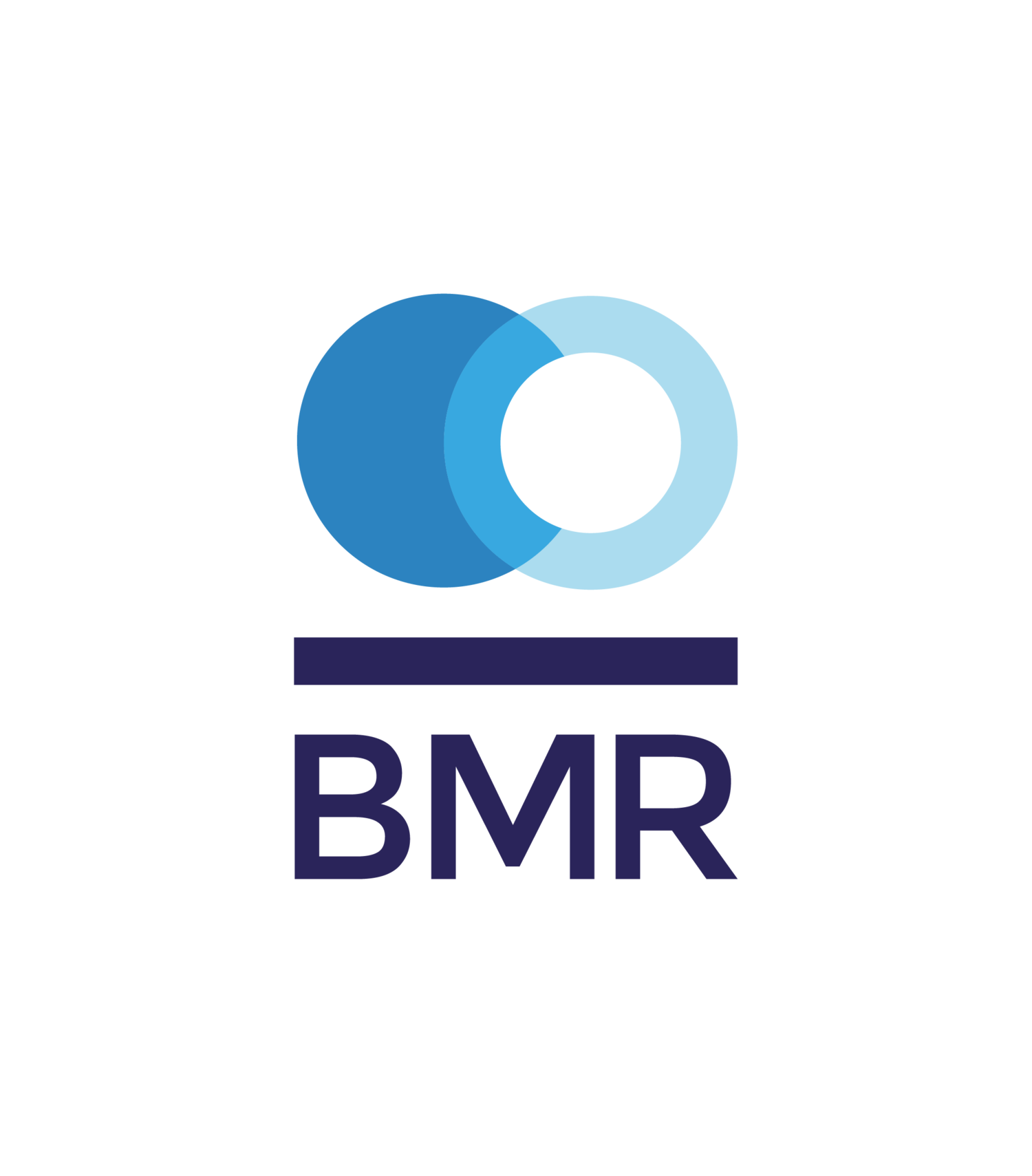Workplace Bullying
A quarter of employees think their company turns a blind eye to workplace bullying and harassment, according to a report by the Chartered Institute of Personnel and Development (CIPD).
The most common form of bullying or harassment was "being undermined or humiliated in my job", reported by 55% of women and 50% of men.
A lot of the time a number of these claims can come down to “he said” and “she said” and it is often difficult to prove or disprove these claims.
Many organisations opt for settlement agreements with their employees rather than fighting it out in a tribunal and putting everyone involved through more stress.
A most recent high-profile organisation that has experienced this is St Johns Ambulance. According the Telegraph newspaper, a UK registered charity that delivers Physical and Mental Health First Aid Training. Two former senior employees of the charity claimed there was a pervading “culture of bullying” at the organisation over the past few years, forcing many senior managers to leave. It was reported that there was a cost to the organisation of £1.1m on severance payments and payoffs in the last 2 years.
There have also been recent reports of grave concerns' over 'bullying' in the Cabinet Office as high up as the Home Secretary.
Under the protection from Harassment Act 1997, an employer can be held vicariously liable under the PHA for harassment committed by an employee in the course of their employment. The case of Helen Green V Deutsche Bank saw an award of £800k award for future loss of earnings and £35k for Psychiatric Injury.
As an employer or employee how do you defend these claims?
How do you demonstrate that you engage with and address concerns raised by employees during their term of employment with you?
What if you had?:
· A planned and systematic approach to monitor and review workplace risk factors such as bullying, lack of management support, unrealistic deadlines and workloads.
· A risk register that logged the results of anonymised employee feedback and the actions taken by the organisation to address the issues raised.
· A workplace Wellbeing Health & Safety Committee with representatives across the whole business to ensure that issues raised were dealt with openly and effectively.
You would have an evidence based and systematic approach based on two-way feedback and a risk management approach demonstrating commitment from Senior Management.
Organisations need to conduct risk assessments and provide specific Line Manager training on how to support their staff. Assessments should not just look at bullying and relationship support but should include additional workplace stressors such as autonomy, role clarity, workload, change management, relationship support and management support.
To find out more please get in touch flourishdx@bmrhealthandwellbeing.co.uk

